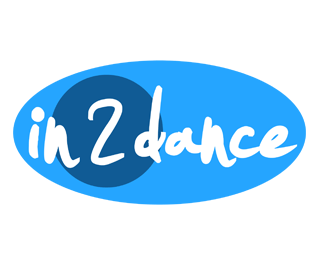Meditation for Yogis
October 19, 2020 The Yoga Sutras of Patanjali refers to eight limbs of yoga, each of which offers guidance on how to live a meaningful and purposeful life. Asana, the physical postures of yoga, is just one of the eight limbs of what we in the West call “yoga”. Three of the limbs, Pratyahara, Dharana and Dhyana are all related to practices for our Mind. The ancient yogis knew that gaining control of our thoughts was equally, or even more important than staying healthy in our physical bodies. But what exactly are these other three limbs and how are they different from one another?
The Yoga Sutras of Patanjali refers to eight limbs of yoga, each of which offers guidance on how to live a meaningful and purposeful life. Asana, the physical postures of yoga, is just one of the eight limbs of what we in the West call “yoga”. Three of the limbs, Pratyahara, Dharana and Dhyana are all related to practices for our Mind. The ancient yogis knew that gaining control of our thoughts was equally, or even more important than staying healthy in our physical bodies. But what exactly are these other three limbs and how are they different from one another?
Pratyahara, the fifth limb, is about sense withdrawal and asks us to withdraw from the external and tune into the internal. Our perception of reality is mainly influenced by our sensory experiences – what we see, feel, hear, touch and taste. We also encounter distraction from our internal sources as well, such as mind chatter, overthinking etc. Pratyahara refers to the withdrawal of senses from external objects and our modern-day need for constant gratification from external stimuli. “If a man’s/woman’s reasons succumbs to the pull of his/her senses he/she is lost. On the other hand, if there is rhythmic control of the breath, the senses instead of running after external objects of desire turn inwards, and man/woman is set free from their tyranny. This the fifth stage of Yoga, namely, Pratyahara where the senses are brought under control”- Light on Yoga. The phrase “sense withdrawal” is most commonly interpreted as switching our senses off. However, another way to interpret sense withdrawal is to allow the practice to change your state of mind so that you become so engrossed with what you’re focusing on inside yourself, that the things outside of you are no longer a distraction. Let’s say you arrive at a yoga class and something is distracting you. Maybe a sound, smell, feeling, or even another person. By bringing the focus inward and letting go of the thoughts you are having about this distraction, you can let go of the distraction itself.
Dharana, the sixth limb, takes Pratyahara to the next level. Once we have withdrawn from the external and tuned into the internal, dharna teaches us to zoom in and focus on one thing and one thing alone- one-pointed concentration. Dharna is about quieting the mind from experiencing random, scattered thoughts and instead training the mind to find complete absorption in the present moment. “When the body has been tempered by asanas, when the mind has been refined by the fire of pranayama and when senses have been brought under control by pratyahara, the sadhaka reaches the sixth stage called dharana. Here he/she is concentrated wholly on a single point or on a task in which he/she is completely engrossed. The mind has to be stilled in order to achieve this state of complete absorption”. -Light on Yoga. You might practice Dharana through candle gazing, focusing on the breath or a Mantra practice.
Dhyana, or Meditation, builds on the idea of one-pointed concentration from dharana. You can think of Dhyana as maintenance of dharana for longer periods of time. In Dhyana you completely lose any concept of time and space for a long period of time. Says B.K.S. Iyengar “when the flow of concentration is uninterrupted, the state that arises is dhyana (meditation)”. The continued practice of dharana will eventually become dhyana. When you sit for a meditation practice, you focus on the breath and every time the mind wanders you bring your attention back to the breath. This is a dharana practice. When the moments of dharana become longer, say, a few minutes or more of maintaining your attention on the breath without distractions, the transition to dhyana has taken place.





